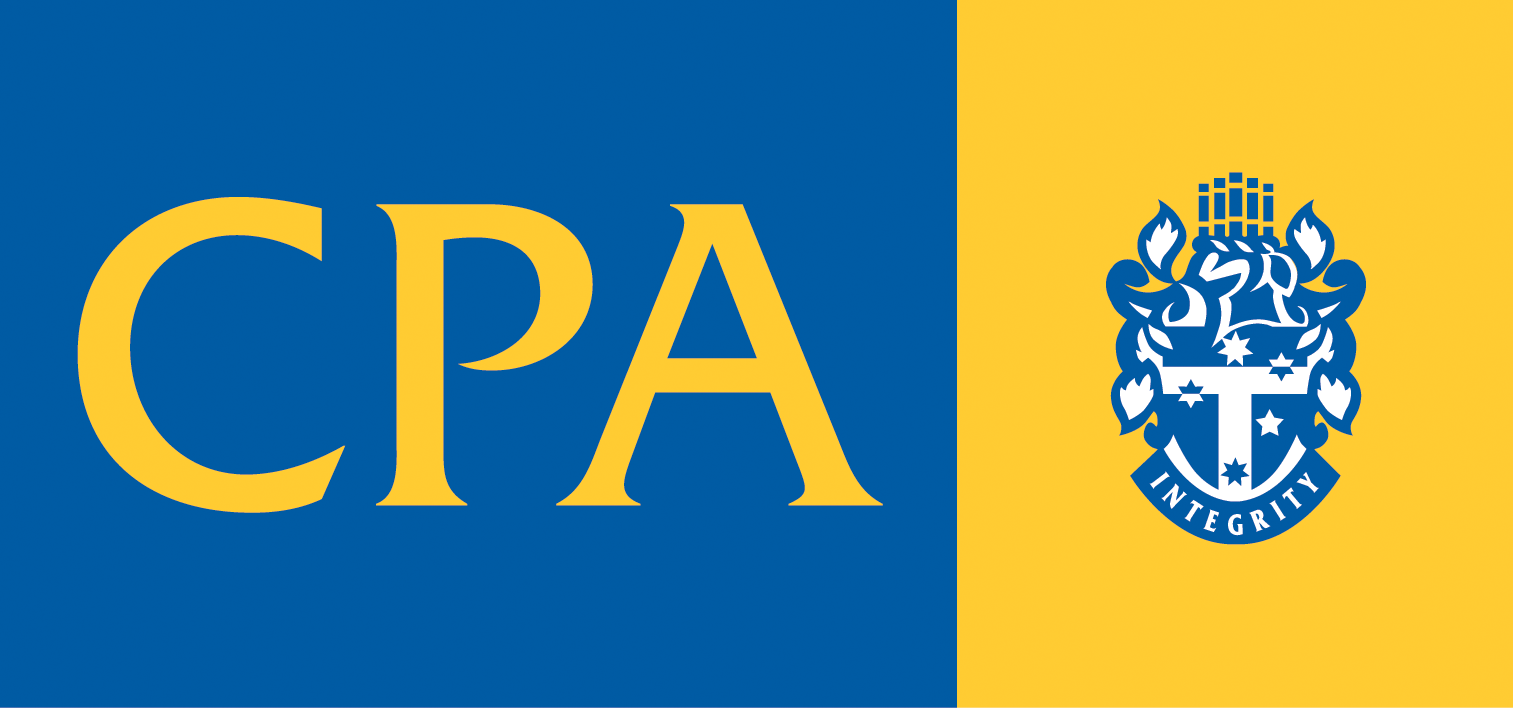Tax deductions for investing in your business
Stimulating investment is high on the Government's agenda. To encourage spending, the 2020-21 Budget introduced a measure that allows businesses with turnover under $5bn* to immediately deduct the cost of new depreciable assets and the cost of improvements to existing assets in the first year of use. This means that an asset's cost will be fully deductible in the year it's installed ready for use, rather than being claimed over the asset's life. And, there is no cap on the cost of the asset.
When it comes to second-hand assets the rules are a bit different depending on the size of the business. Businesses with an aggregated turnover under $50 million can claim an immediate deduction for the cost of second-hand assets under the new measures.
Businesses with aggregated annual turnover between $50 million and $500 million can still deduct the full cost of eligible second-hand assets costing less than $150,000 that are purchased by 31 December 2020 under the existing enhanced instant asset write-off. Businesses that hold assets eligible for the enhanced $150,000 instant asset write-off will have an extra six months, until 30 June 2021, to first use or install those assets.
For small business entities that have assets in a general pool the changes seek to ensure that pool balances are completely written-off for tax purposes in the 2021 and 2022 income years.
These super-charged immediate deduction rules tie into the existing instant asset write-off for businesses with a turnover under $500 million (summarised below).
| Instant asset write-off thresholds |
Aggregated turnover under $10m |
Aggregated turnover under $50m |
Aggregated turnover under $500m |
Aggregated turnover under $5bn |
| 1 July 2018 – 28 January 2019 |
$20,000 |
- |
- |
- |
| 29 January 2020 – 2 April 2020 |
$25,000 |
- |
- |
- |
| 2 April 2020 – 11 March 2020 |
$30,000 |
$30,000 |
- |
- |
| 12 March 2020 – 31 December 2020 |
$150,000 |
$150,000 |
$150,000 |
- |
| 6 October 2020 + – 30 June 2022 |
unlimited |
unlimited |
unlimited |
Unlimited |
If your business will make a tax profit this year, this measure is likely to reduce the taxable income of the business for the year and it may be possible to vary upcoming PAYG instalments to improve cash flow. If your business operates through a company and will make a tax loss, you might be able to use the loss to offset tax paid in previous years (see Refunds for Tax Losses ). Alternatively, tax losses can generally be carried forward to a future year.








